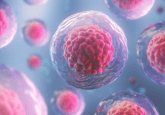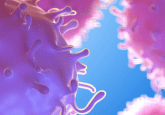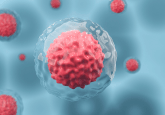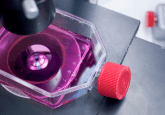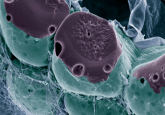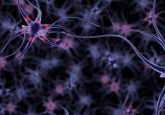The five heresies of cell culture debunk conventional wisdom
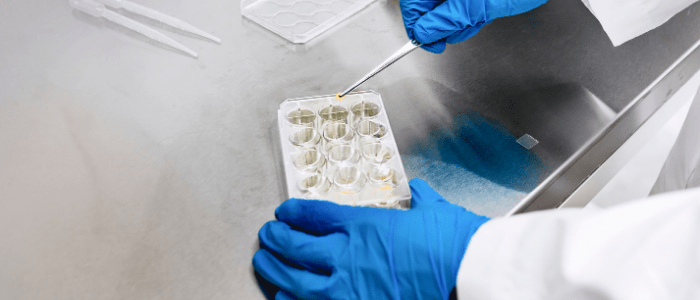
Scientific Bioprocessing, Inc. (SBI; PA, USA) is debunking conventional cell culture wisdom one scientist and lab at a time. The cell culture field needs a new paradigm to realize its vast potential.
Cell culture research has not changed much since the mid-20th century. Since then, cell culture research scientists have relied on achieving a delicate balance between science and art to obtain their desired experiment results. Historically, cell culture has been a craft unique in many ways to individual scientists and specific labs.
Traditional cell culture methods have yielded some amazing discoveries, for certain, but this reliance on craftiness has come at a cost: cell culture processes are inconsistent across labs, which has led to an experiment reproducibility crisis in the cell culture field. This reproducibility crisis – where one cell culture researcher cannot consistently replicate the cell culture experiments of another – was documented in a recent survey conducted by Nature.
The general lack of cell culture research efficiency, consistency and reproducibility is creating performance, cost and regulatory issues that are hindering advancements in drug development. Despite these challenges, adopting new approaches to bioprocessing is often seen as heretical by many researchers.
Today, cell culture dogma is being challenged by new technologies like optical sensors that enable increased automation and real-time, non-invasive cell monitoring, all of which create greater cell culture experiment efficiency, consistency and reproducibility. Advancing cell culture beyond traditional process paradigms and the ‘heretical’ is the key to translating more therapeutics from the lab and clinic to patients at more reasonable costs.
How can cell culture researchers and biomanufacturing labs advance the field?
SBI has identified the five heresies of cell culture that must be debunked in order for cell culture researchers to pave a new way forward. Toss out your assumptions and see how new technologies are transforming cell culture research!
This article is part of the RegMedNet Spotlight on cell monitoring and imaging. Click here to view the full feature and discover expert insights on this >>>
